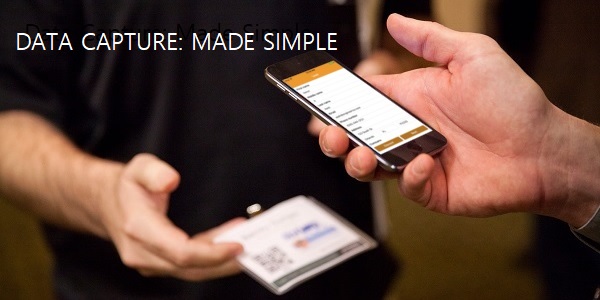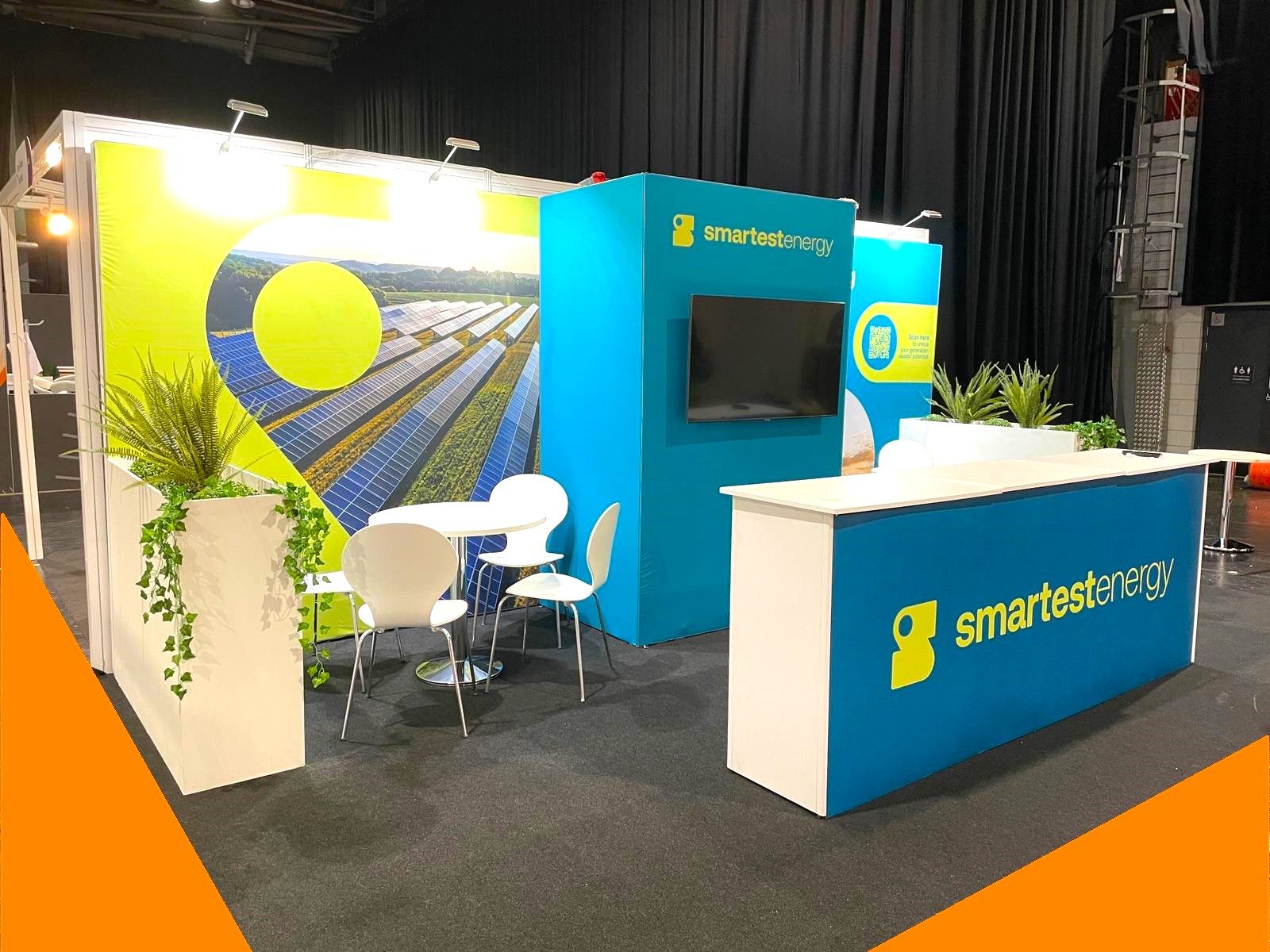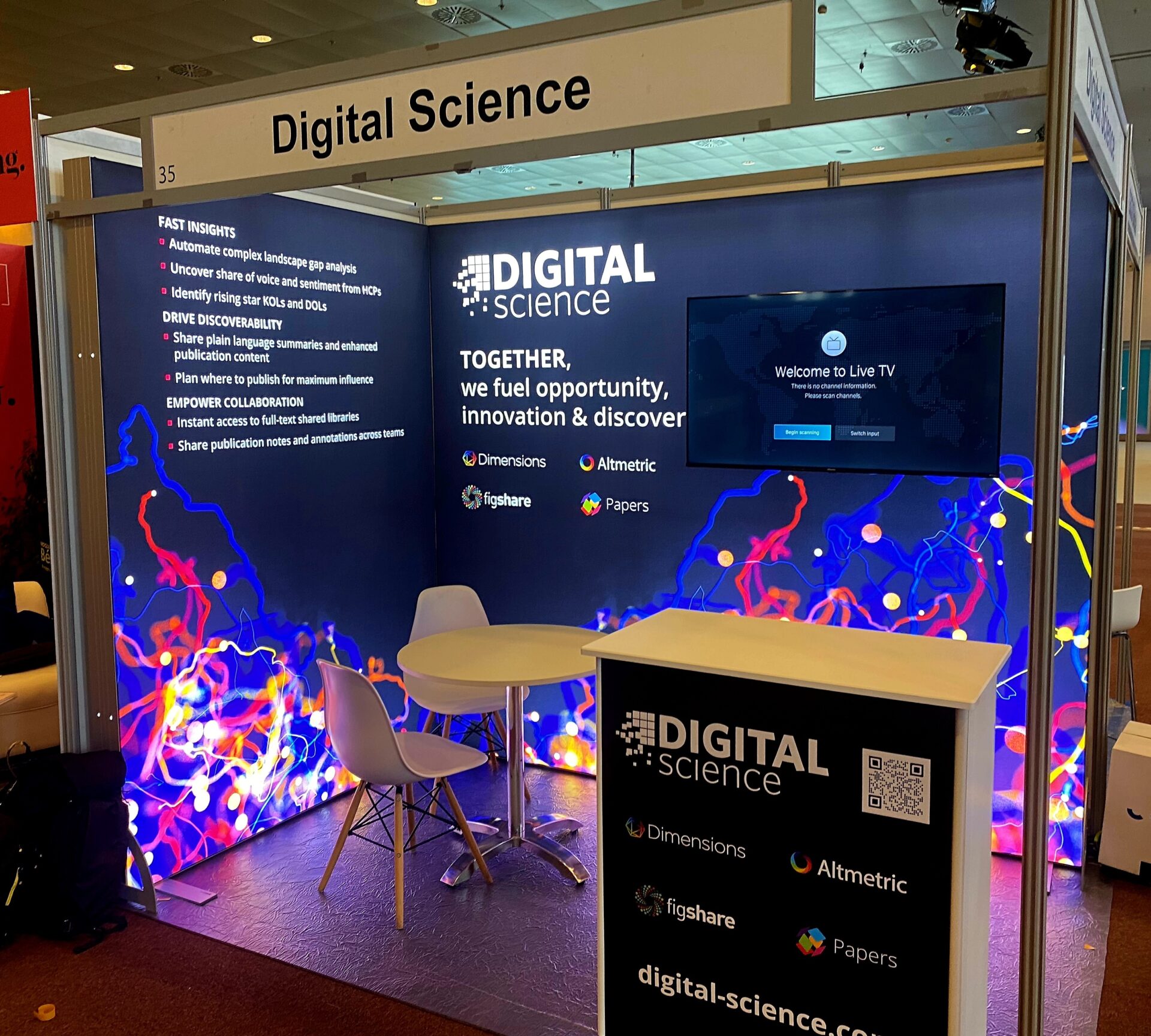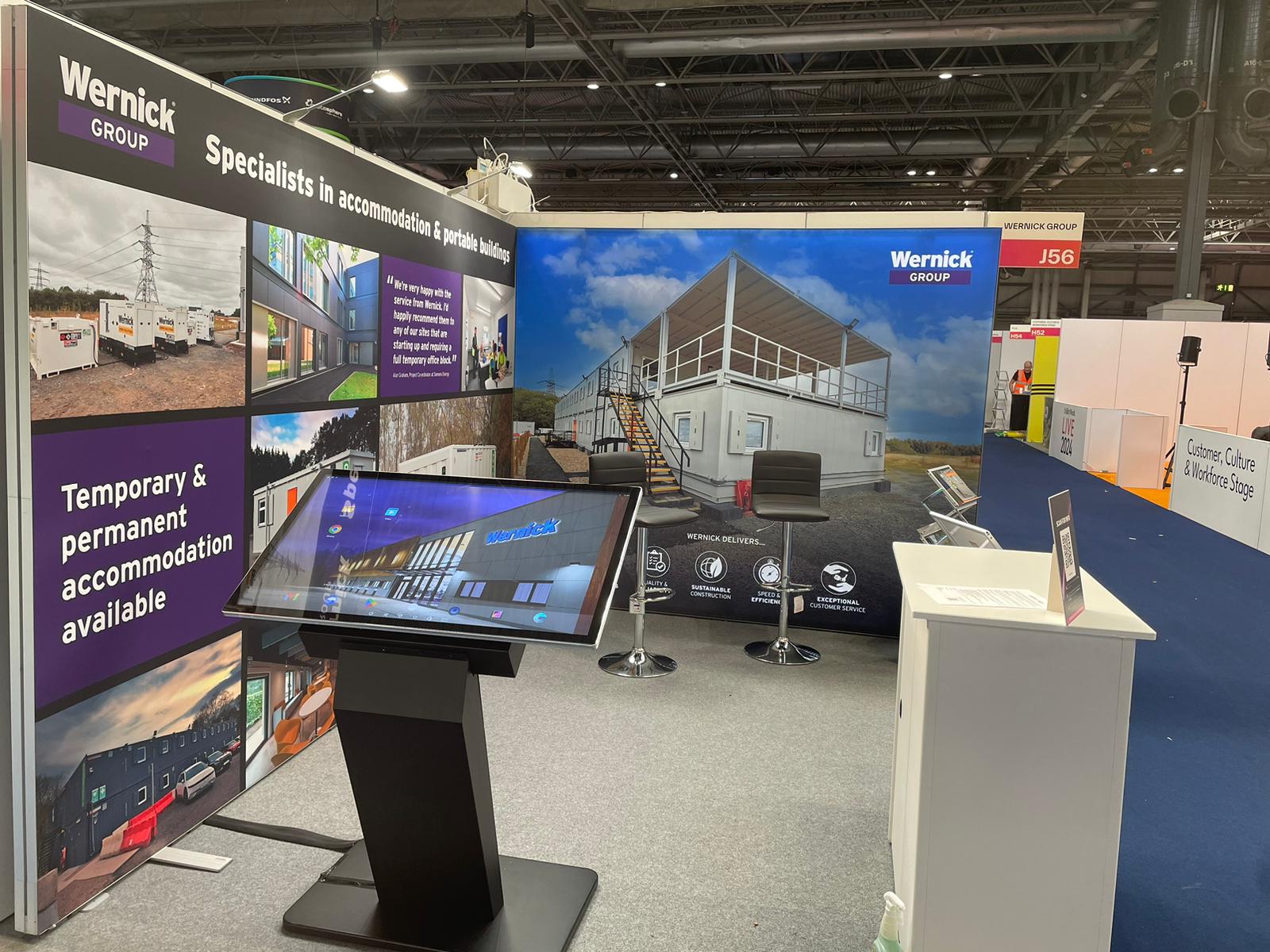At any exhibition or event, it is important to have quantifiable results. Otherwise, you could turn up and put all your best efforts into designing display stands and trying to secure sales only to find that there is no way of knowing if the event itself was a success.
Fortunately, technology can help in playing a key role to make this process simpler. Data capture technology has helped companies collect important information from events. Whether it be from pre-registration, lead capture at the event or surveys after an exhibition. This technology provides the ability to create reports to ensure we can measure our success. Organisations now recognise the importance of calculating trade show ROI, so data capture tools have become commonplace.
However, the amount of data generated around an event can be quite overwhelming especially if you are using various tools to do this. Luckily, there are apps such as iCapture that condense many lead-generation tasks into one simple tool.
Why is Lead Capture important?
Lead capture is so important at exhibitions and trade shows because the reason you are there is to gain awareness and more business. Lead capture turns visitors to your stand into potential customers. It can also work as a fantastic networking opportunity. Perhaps you have something the lead is interested in and likewise, they may have a service that your business could make use of.
A survey carried out by the CMI indicated that 85% of B2B companies see lead generation as the most important marketing goal. It can be complex, and at times it can seem like you are not getting anywhere but treat every lead as a potential win. Each has the potential to reach the SQL (sales qualified lead) level which means your efforts have definitely been recognised, your product works for them, and a sale is almost over the finish line.
Unfortunately, not all leads will convert to sales, that’s another reason why capturing leads is so important. If you were to rest on your laurels and assume all are going to convert to sales, you are more likely to be losing money than making any. By collecting as many leads as possible you can assess what level of the lead funnel they currently sit in and proceed to the relevant next steps for each lead as necessary.
What is the lead generation funnel?
You may have collected 100 leads at your last exhibition but some may be worth more than others. They have at least, been willing to part with their information to learn a little more about your brand or your products so the onus is on you to help them progress through the funnel and move them from being just intrigued to wanting to know more then onto making a purchase. Moving each lead carefully through the Awareness>Intent>Purchase process is what is known as a lead moving through the lead generation funnel.
Every lead starts as an IQL (Information Qualified Lead), this is where a prospective customer is looking for more information. At this stage, they think your product may provide a solution for them. However, this is also the stage where most leads will fall away.
Once you have received this lead your marketing efforts should see this lead move on to becoming an MQL (Marketing Qualified Lead). This means they have remained interested in what you have to offer and know your company may have a solution for them. If they have progressed further and are now what would be classed as the Sales Qualified Lead, you are on the way to a sale.
One thing to remember though is a lead can jump on at any stage, someone may become an MQL without having been an IQL whilst some go straight to SQL.
Back to the capturing of these leads though…
Put a lead capture strategy in place
Lead capture is not just about the number – you need to have a plan. Having a lead target keeps your sales team focused and at the same time gives you the chance to understand if your aims are realistic for the exhibition you are attending.
Put a plan and strategy in place to manage the visitors to your display stand, so that nobody is rushed or feels that they miss out on the opportunity to ask questions. If your stand becomes a hive of too much disorganised activity, there will be potential leads moving on to the stand next to yours instead.
Have a plan in place, perhaps by utilising a lead capture form, having literature to hand out or using a lead capture app to gather important data. This will save time, and also ensure the interested client remains educated about your service even after the event. You can then, when the exhibition is over, categorise your leads from the notes you have made and decide whether they are an IQL MQL or SQL.
Decide on your methods for Lead Capture
Technology has helped us gather data much more effectively than traditional form-filling methods. Organisers will offer badge scanner hardware and/or software to make the process easy and quick. You could also choose to use your own as a way of directly adding people-with their consent of course, to your database.
However, you could opt to drill down further and collate additional information by using a follow-up survey or using competitions to make the data capture more fun!
If you need to be able to capture detailed information devise a Lead Capture Form on a tablet/laptop to help with your follow-up after the event.
What Makes a Good Lead Capture Form?
While badge scanners have their place, quality leads are what usually bring in the business. For the really interested visitors, if you haven’t chosen to utilise tech options, you may need to have a lead capture form. Keep things simple but detailed. A robotic set of questions could deter a lead from wanting to proceed, too laid back and they may not take the brand seriously.
- Compile questions in a conversational format to help your stand staff gain the information coherently and systematically, while also appearing natural.
- Gather key information for the follow-up process but don’t ask too many questions at this stage as they will want to move on and look around the event.
- Offer an introductory deal for completion of the form. Whilst the data may not be huge, thanking the person for submitting it with an offer relevant to your brand may help enhance their trust in you as a brand and help you secure some custom.
After the event evaluate the success of your lead capture form to perfect it for future events. Through good communication with the leads you collected at one event, you may be able to harness your process to be even more refined at the next one.
Refining lead capture at events
Most companies use some form of automated system to manage lead capture around their events.
It’s no surprise as they are a quick and effective tool, providing default information like names, addresses and contact details of your attendees. However, you may need to personalise the process, so it works for you to ensure it brings value to your organisation after the event.
Knowing what you want to measure from the outset will enable you to create a plan for your data capture strategy. In turn, it will also help you decide on the data capture methods and tools you require to make sure you can track, manage and report well after the event. Having access to information can give you the insight your need to not only evaluate your event but plan for your next event.
No matter your event type, you will want to ensure that you generate leads, but to draw those leads in, you might need a modular exhibition stand that helps enhance your brand message. At Nomadic Display, we are experienced in creating a variety of reusable, high-quality exhibit stands that are not only perfect to use time and time again but can be customised to your needs. With an exhibition stand designer on hand, you won’t even have to do much! Simply supply a brief and let us do the work! Contact us today to find out how we can transform your events this year.



